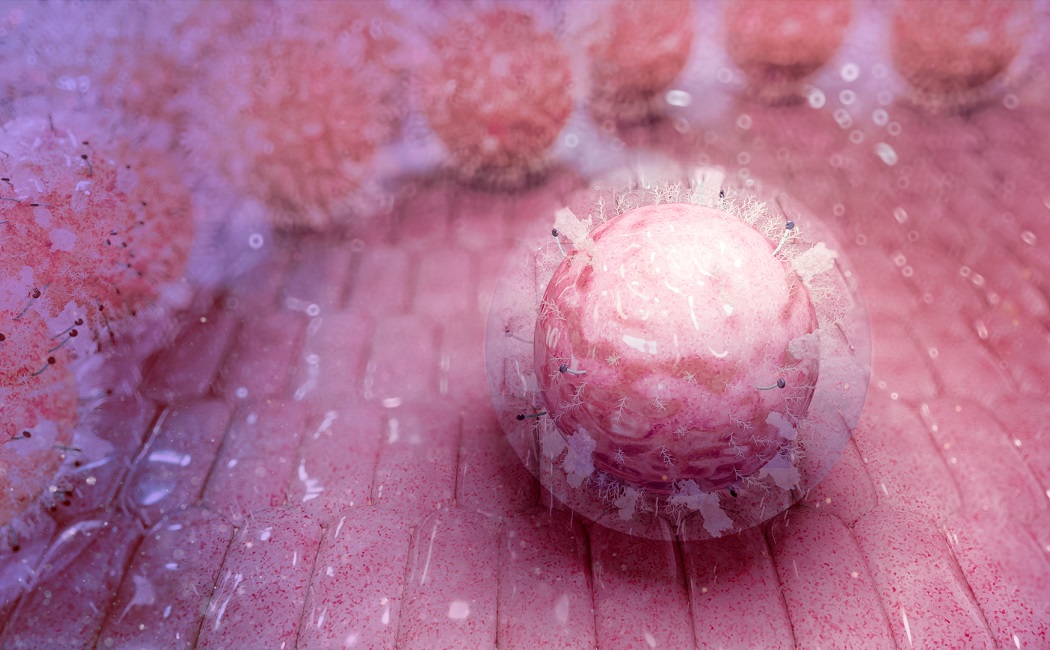
Often overlooked stem cells hold hidden powers for blood disease treatments
13 March, 2024
A method that enhances the functionality of an often-overlooked type of stem cell could lead to better treatments for blood-related diseases.
“These cells could go a long way toward improving regenerative medicine,” says Jasmeen Merzaban, a biochemist at KAUST who led the research.
In stem cell transplants — also referred to as bone marrow transplants — patients with malfunctioning bone marrow are infused with a new set of healthy blood-forming stem cells, known as hematopoietic stem cells (HSCs).
These cells have historically been identified by the presence of a protein called CD34. HSCs that express this surface marker are celebrated for their proficiency in homing to and establishing themselves within the bone marrow.